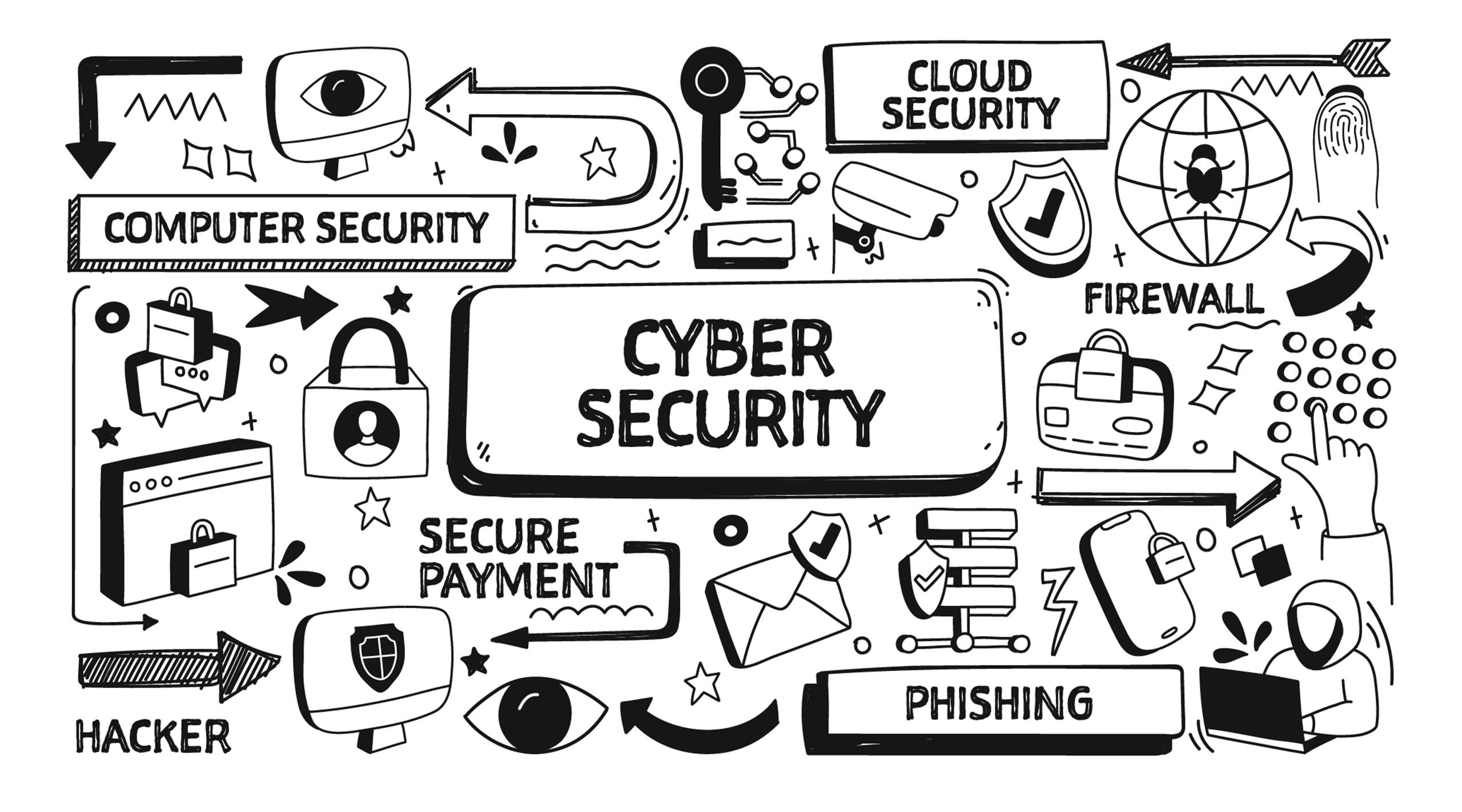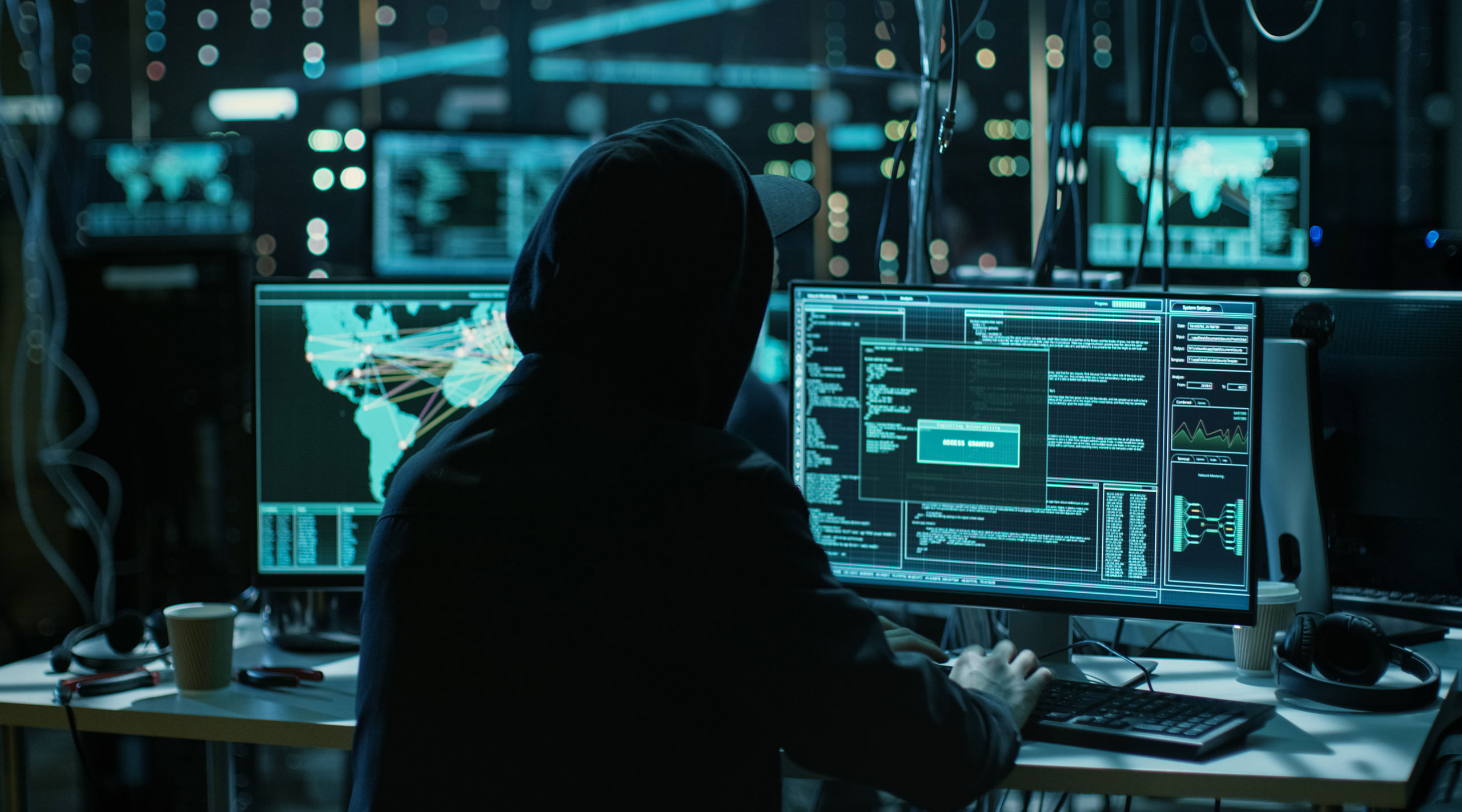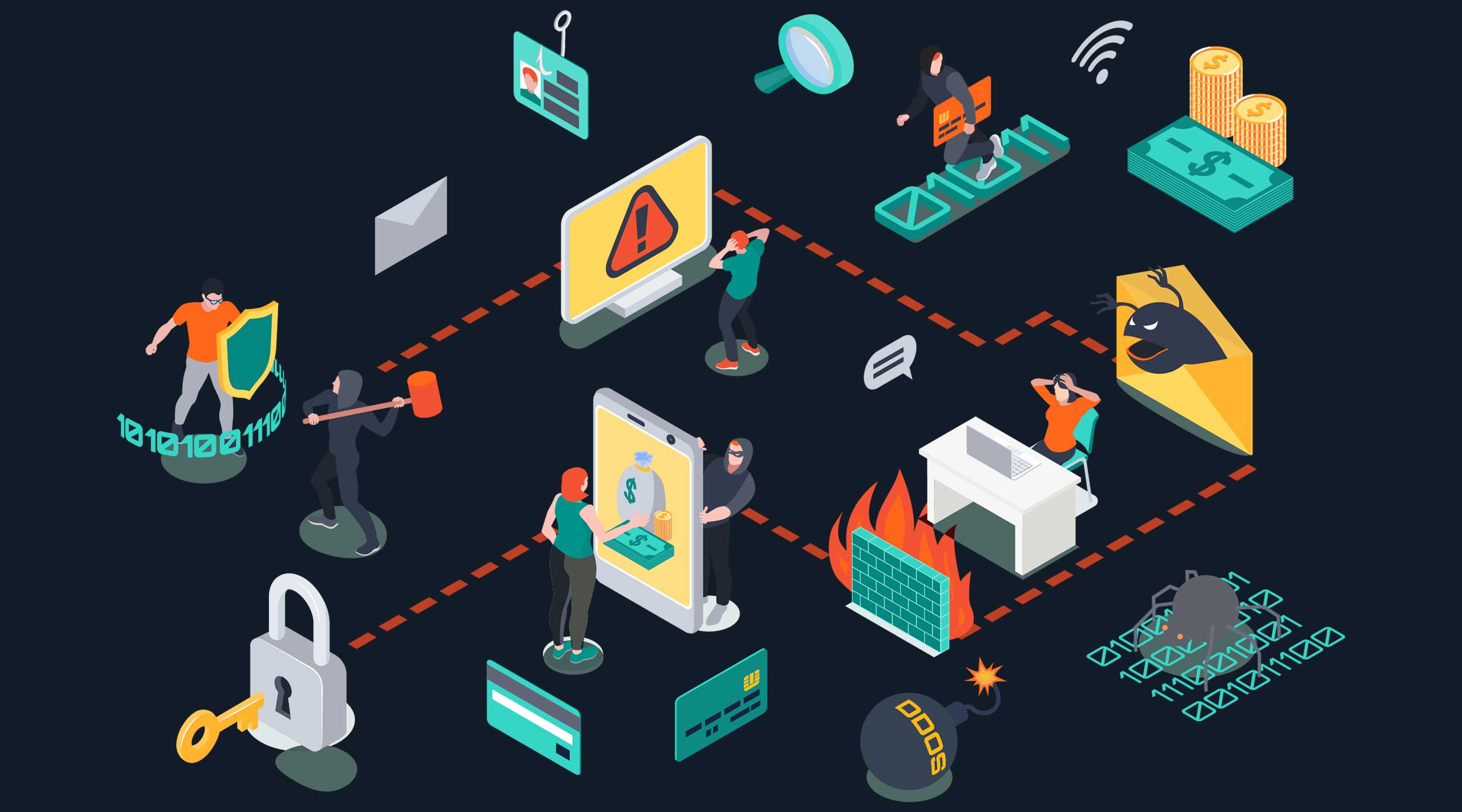
What is cybersecurity?
Sec1, a leading cybersecurity company, stands at the forefront of digital defense, offering an array of cutting-edge products and services. But what exactly is cybersecurity, and why is it essential in today’s interconnected world? Let’s delve into the depths of this crucial field to understand its significance and implications.
Introduction to Cybersecurity
Cybersecurity encompasses the practices, technologies, and processes designed to protect computers, networks, programs, and data from unauthorized access, cyberattacks, and damage. It’s a multidisciplinary field that addresses a wide range of threats in the digital realm.
What is Cybersecurity?
Cybersecurity refers to the practice of protecting computer systems, networks, programs, and data from unauthorized access or attacks. As more and more of our personal and professional lives move online, cybersecurity is becoming increasingly important. A breach can lead to massive financial losses, privacy violations, and damage to reputation. That’s why individuals, companies, and governments are investing heavily in cybersecurity measures.
Why Cybersecurity Is Required
In an era where businesses, governments, and individuals rely heavily on digital systems, cybersecurity is indispensable for several reasons:
- Protection Against Cyber Threats: The digital landscape is fraught with various threats like malware, ransomware, phishing, and more. Cybersecurity measures are necessary to thwart these threats and safeguard sensitive information.
- Preserving Confidentiality: Confidential data, such as personal information, financial records, and intellectual property, must be kept secure from unauthorized access. Cybersecurity ensures that this data remains confidential and inaccessible to malicious actors.
- Maintaining Integrity: Cyberattacks often aim to tamper with or manipulate data, leading to loss of trust and credibility. Effective cybersecurity measures ensure the integrity of data, maintaining its accuracy and reliability.
- Ensuring Availability: Denial-of-service (DoS) attacks and other disruptions can render digital services and systems inaccessible, causing significant downtime and financial losses. Cybersecurity helps ensure the availability of critical resources and services.
There are several more reasons why strong cybersecurity is required:
- Prevent data breaches: A cyber attack can result in sensitive data like financial information, intellectual property, or personal details being stolen. This can have severe consequences like identity theft or loss of competitive advantage. Good cybersecurity helps block attackers and prevent data breaches.
- Protect critical infrastructure: Vital infrastructure like power plants, transportation networks, and telecom systems are now controlled digitally. A successful cyber attack on such infrastructure can cripple entire societies. Cybersecurity is needed to safeguard them.
- Uphold privacy: There are more privacy concerns due to extensive data collection online. Cybersecurity helps prevent unauthorized access to private user data.
- Combat cyber crime: Cyber attacks are often aimed at financial gain, e.g. ransomware. Cybersecurity provides protection against such criminal activities.
- Meet compliance standards: Various regulatory standards like HIPAA and PCI-DSS require organizations to have strong cybersecurity practices in place.
The Role of Sec1 in Cybersecurity
Sec1 plays a pivotal role in the realm of cybersecurity, offering state-of-the-art products and services tailored to address modern threats. With the world’s largest vulnerability database and the fastest Static Application Security Testing (SAST) scanner, Sec1 is at the forefront of innovation and excellence in cybersecurity.
- Comprehensive Vulnerability Management: Sec1’s extensive vulnerability database provides invaluable insights into emerging threats, enabling organizations to proactively identify and mitigate vulnerabilities in their systems.
- Advanced SAST Solutions: Sec1’s SAST scanner empowers developers to identify and remediate security flaws in software code during the development process, enhancing overall application security and reducing the risk of exploitation.
- Penetration Testing Services: Sec1 offers penetration testing services to assess the security posture of systems and networks, uncovering potential weaknesses and vulnerabilities that could be exploited by malicious actors.
- Cloud Security Offerings: In an era of widespread cloud adoption, Sec1 delivers robust cloud security solutions to protect cloud-based infrastructure, applications, and data from cyber threats, ensuring a secure cloud environment for organizations.
Emerging Trends in Cybersecurity
Cybersecurity is a constantly evolving field, with new challenges and trends shaping its landscape. Some notable trends include:
- AI-Powered Security Solutions: Artificial intelligence (AI) and machine learning (ML) are being increasingly utilized to enhance cybersecurity capabilities, enabling proactive threat detection and response.
- Zero Trust Architecture: The Zero Trust model advocates for strict access controls and continuous verification, assuming that threats may exist both inside and outside the network perimeter.
- Rise of Endpoint Security: With the proliferation of remote work and IoT devices, endpoint security has become paramount, focusing on protecting individual devices and endpoints from cyber threats.
- Integration of DevSecOps: DevSecOps integrates security practices into the DevOps pipeline, ensuring that security is prioritized throughout the software development lifecycle.
Key Elements of Cybersecurity
An effective cybersecurity strategy employs various tools and techniques:
- Network security: Firewalls, intrusion detection systems, and proxy servers act as barriers to secure networks. They monitor traffic and block malicious activities.
- Endpoint security: Antivirus software, antimalware apps, and endpoint detection tools safeguard end-user devices like computers and mobile devices.
- Encryption: Sensitive data is encrypted both at rest and in transit. This protects it even if accessed without authorization.
- Identity and access management: Strict controls govern user access to systems and data. Multi-factor authentication and single sign-on adds extra layers of protection.
- Security operations centers: These dedicated facilities monitor networks, respond to incidents, and defend against ongoing attacks across an organization.
- Employee training: Since employees are a common attack vector, regular cybersecurity awareness training is key. It makes them cautious regarding phishing, social engineering, and other threats.
- Incident response: Cybersecurity teams have incident response plans ready to limit damage and restore normal operations quickly after an attack.
Securing the Future of Digital Innovation
In an age defined by digital transformation and innovation, cybersecurity serves as the cornerstone of trust and reliability in the digital realm. As threats continue to evolve and proliferate, organizations must remain vigilant and invest in robust cybersecurity measures to protect their assets and maintain a secure digital ecosystem. With Sec1 leading the charge in innovation and excellence, the future of cybersecurity looks promising, safeguarding the digital frontier for generations to come.

